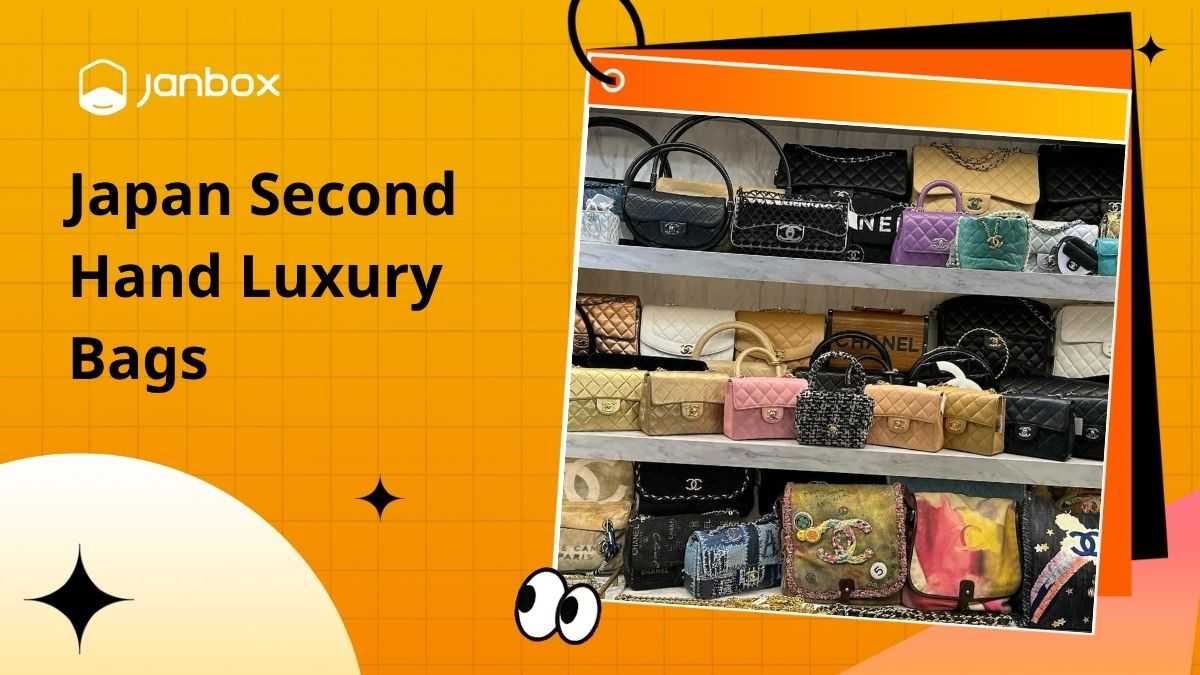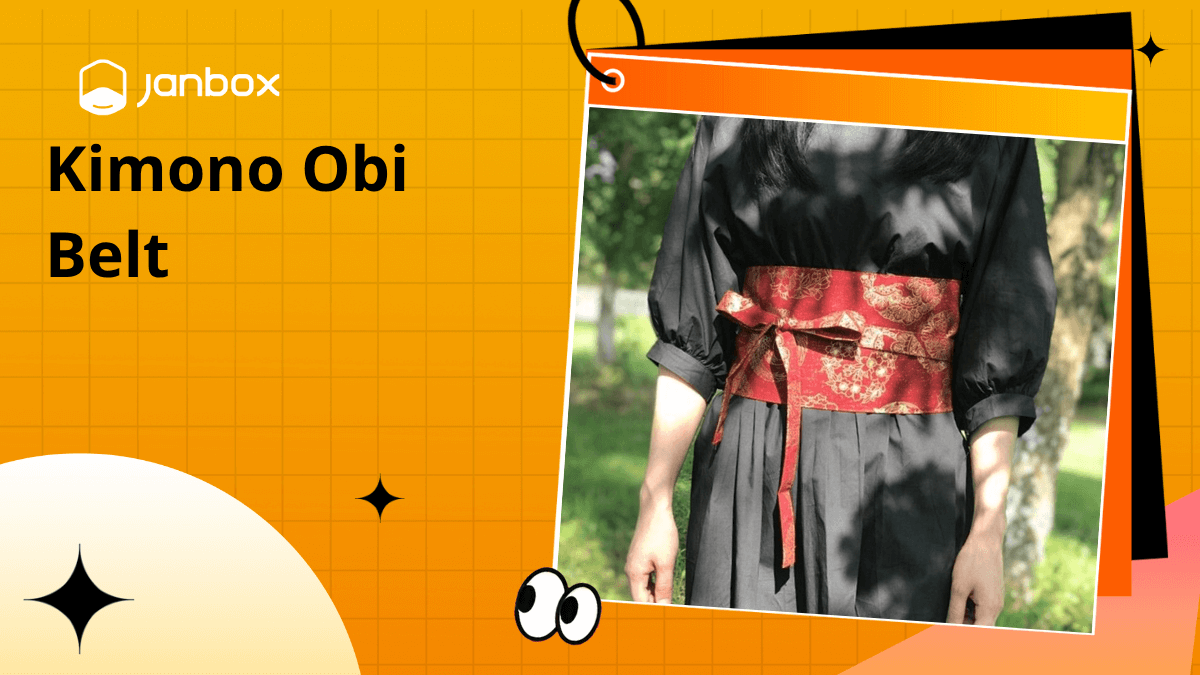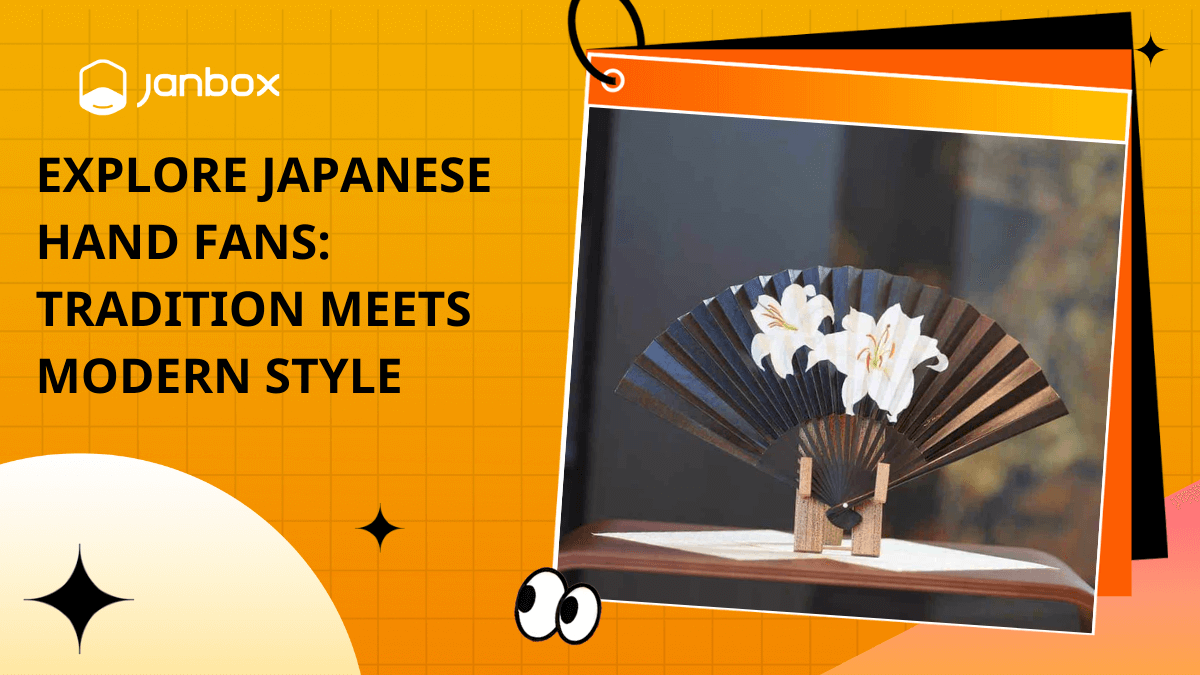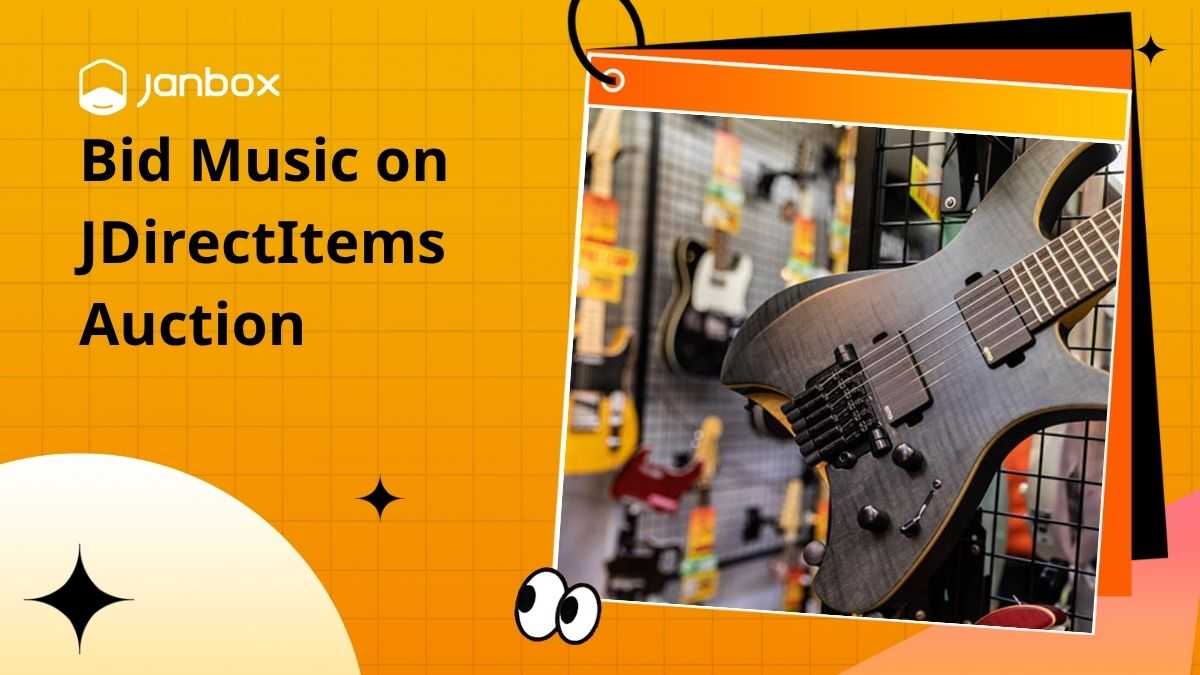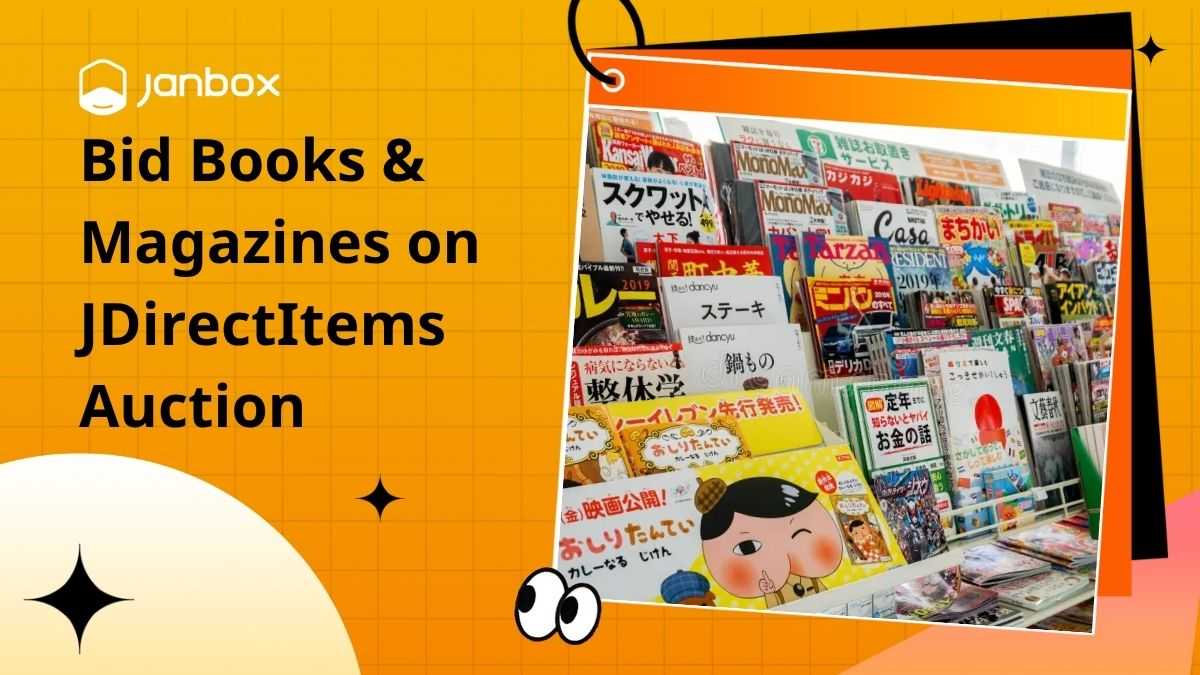Japan is known not only for its rich culture, advanced technology, and craftsmanship but also for its thriving second-hand luxury market. For fashion lovers and collectors worldwide, Japan second hand luxury bags are a hidden treasure—offering pristine quality, verified authenticity, and unbeatable prices.
Whether you’re searching for a vintage Chanel, a limited-edition Louis Vuitton, or a gently used Hermès Birkin, Japan’s preloved luxury scene has it all. In this article, we’ll explore where to buy second-hand luxury bags in Japan, how to ensure authenticity, and why Japan has become a global hub for used luxury bags.
1. Why Japan is a Top Destination for Second-Hand Luxury Bags
1.1. The Appeal of the Japanese Preloved Market
The global demand for 2nd hand luxury bags Japan has surged in recent years – and for good reason. Japanese consumers are known for taking exceptional care of their belongings. Combine that with Japan’s strict resale standards and meticulous authenticity checks, and you get a market filled with high-quality, gently used designer bags that look almost brand new.
Japan’s resale culture also aligns with sustainability trends—encouraging fashion lovers to buy preloved luxury bags instead of fast fashion. Whether you shop online or visit a boutique in Tokyo or Osaka, you’ll find an incredible range of second-hand treasures at fair prices.
1.2. Key Benefits of Buying in Japan
- Authenticity guaranteed – Japan has strict laws against counterfeit products, and most reputable shops issue certificates of authenticity.
- Excellent condition – Japanese owners often keep their items in near-mint condition, with original dust bags, boxes, and receipts.
- Unique selection – Discover rare, discontinued, or Japan-exclusive models that you won’t find elsewhere.
- Competitive prices – Due to currency exchange rates and Japan’s domestic market competition, prices are often lower than in Europe or the US.
1.3. Online and Offline Shopping
You don’t need to travel to Tokyo to explore this market. Today, many platforms offer Japan second hand luxury bags online with worldwide shipping. If you prefer to browse in person, Japan’s luxury resale districts – like Ginza, Shibuya, and Shinjuku—offer unforgettable shopping experiences.
2. Where to Buy Second-Hand Luxury Bags in Japan
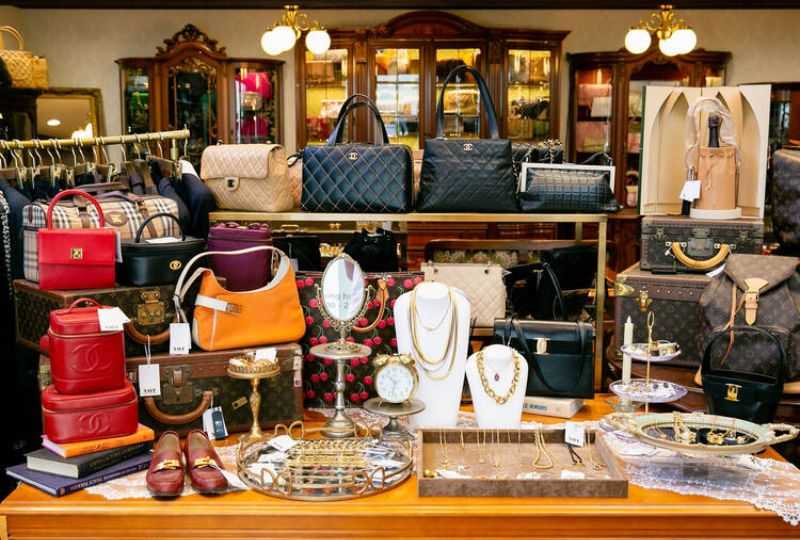
2.1. Best Physical Stores in Japan
If you’re visiting Japan, these are must-visit spots for luxury bags second hand:
- KOMEHYO (Tokyo, Nagoya, Osaka): One of Japan’s largest and most trusted second-hand retailers. Their stores feel like luxury boutiques, not thrift shops.
- Brand Off (nationwide): Carries a wide range of used luxury bags Japan, from Louis Vuitton to Gucci and Celine.
- Ragtag & Daikokuya: Known for excellent quality checks and transparent grading systems.
- Kindal: A favorite for fashion-forward buyers seeking trendy pre-owned designer pieces.
Each store provides detailed grading (A, AB, B, etc.), and receipts confirming authenticity.
2.2. Trusted Online Platforms
Shopping Japan second hand luxury bags online is convenient for international buyers. Reliable platforms include:
- Janbox – Aggregates items from multiple Japanese resale sites; offers authenticity checks and international shipping.
- Sendico – Great for finding preloved luxury bags Japan and comparing prices across sellers.
- Buyee – Connects buyers with Yahoo! Japan Auctions and Japanese e-commerce platforms.
- Brand Collector / Reclo / eBay Japan – Curated selections of Japan used luxury bags with detailed descriptions and photos.
2.3. Price Ranges
- A used Louis Vuitton Neverfull MM in excellent condition: around $900–$1,200 in Japan vs. $1,500+ elsewhere.
- A Chanel Classic Flap Medium: roughly $3,800–$4,500, depending on the grade.
- Vintage Hermès Kelly 32 bags: start around $6,000 in Japan (often in superb condition).
Japan’s stores grade their products clearly, so you know exactly what you’re getting – no surprises, no fakes.
>>> Read more: How To Bid on Accessories & Watches on JDirectItems Auction
3. How to Buy Safely and Verify Authenticity
3.1. How to buy and bid Japan second hand luxury bags
Buying Japan second hand luxury bags can be an exciting experience, but it’s essential to take the right precautions to ensure that your purchase is authentic and worthwhile. Japan is well-known for its high standards in product verification, but as a buyer—especially if you’re purchasing online from abroad—it’s wise to understand the grading system, authenticity checks, and import process before making your first purchase.
In Japan, second-hand stores use a transparent grading system to classify the condition of every item. For example, a bag graded as “N” or “S” means it’s brand new or like-new, while “A” or “AB” grades indicate minimal signs of wear. Items labeled “B” are still in good condition but may show noticeable signs of use, while “C” is considered well-used and often priced significantly lower. Understanding these labels helps you gauge whether the price truly reflects the condition and market value of the piece.
You might also see Japanese terms like “美品 (bihin)”, which means “beautiful item,” or “付属品あり (fuzokuhin ari)”, meaning the bag includes its original accessories such as a dust bag, box, or receipt—small details that enhance authenticity and resale value.
3.2. The way to verify authenticity
Authenticity is the cornerstone of the Japan used luxury bags market. Reputable stores like Komehyo, Brand Off, and Daikokuya have in-house experts who inspect every item before it’s displayed or listed online. However, if you’re buying from a reseller on platforms like Yahoo! Auctions or smaller online marketplaces, it’s crucial to verify the seller’s credibility.
Look for listings that include detailed photographs—especially of serial numbers, logos, stitching, and the bag’s interior. Pay attention to the craftsmanship: authentic designer bags have consistent stitching, high-quality materials, and clear, sharp engravings. Many buyers also use professional authentication services such as Entrupy, AuthenticateFirst, or Real Authentication for additional peace of mind.
When it comes to payment and shipping, Japan-based resellers have made it simple for international buyers. Most platforms accept major credit cards, PayPal, or wire transfers, and they partner with reliable carriers such as DHL, EMS, or FedEx for international delivery. If you’re using services like Janbox, Sendico, Buyee, or ZenMarket, they often manage customs declarations and re-packaging for safer international transport.
However, remember that import taxes and customs duties vary by country. If you’re shopping from the U.S., Canada, or Vietnam, check your local import rules before purchasing to avoid unexpected fees.
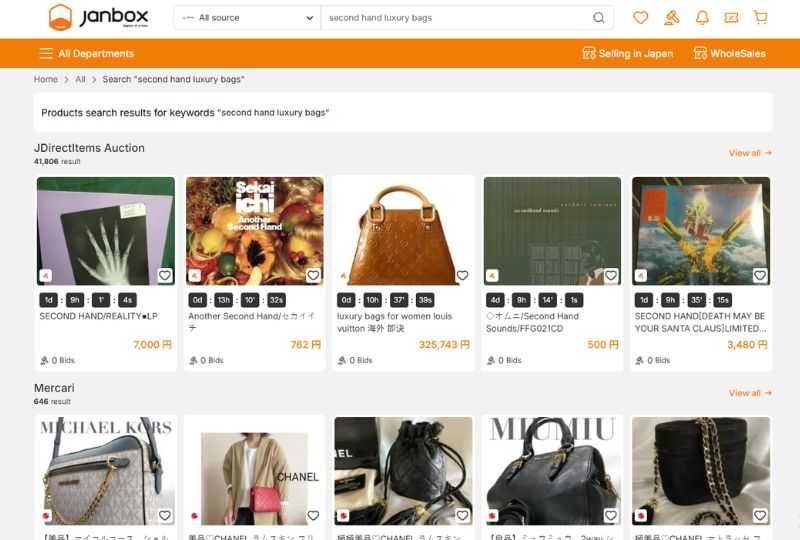
4. Current Trends: What’s Hot in 2024–2025
In 2024 and 2025, three major trends define Japan’s second-hand luxury landscape: brand revival, vintage appreciation, and the influence of global currency shifts.
4.1. Brand revival
Brand revival is driving demand for iconic models from powerhouse labels like Chanel, Louis Vuitton, Hermès, Dior, and Celine. Among these, the Chanel Classic Flap and Diana Bag are consistently sought-after, while Louis Vuitton’s Speedy and Pochette Metis continue to dominate resale platforms. Meanwhile, Hermès Kelly and Birkin bags remain the ultimate investment pieces, often appreciating in value over time.
Interestingly, younger buyers in Japan have started gravitating toward Celine, Dior, and Bottega Veneta, appreciating the understated luxury and clean designs that align with modern minimalist trends.
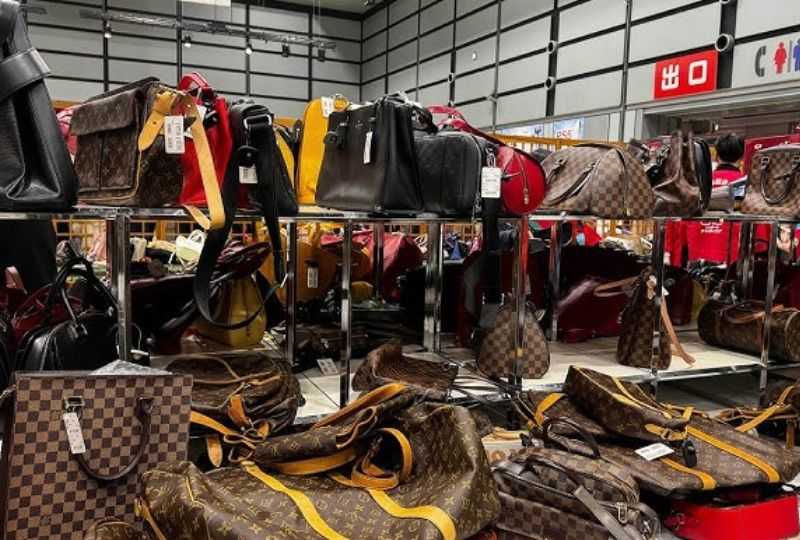
4.2. Vintage appreciation
Vintage appreciation has redefined what’s considered fashionable. Instead of chasing only new-season pieces, buyers are now hunting for rare, discontinued, and retro styles—especially from the 1980s and 1990s.
Japan, known for its meticulous storage habits, offers these bags in exceptional condition. Vintage Chanel camera bags, old monogram LV trunks, and unique Hermès colorways are just a few examples of treasures that can be found only in Japanese resale shops.
For many collectors, purchasing second hand luxury bags in Japan feels like stepping into a time capsule where fashion history is preserved.
4.3. Currency advantage
With the Japanese yen remaining relatively weak against the U.S. dollar, international buyers now enjoy better prices than ever before. It’s not uncommon to find luxury pieces in Japan that are 20–30% cheaper than their equivalents in European or American markets—even before considering tax refunds.
This makes shopping for Japan second hand luxury bags online especially appealing, as you can browse hundreds of listings from reputable sellers without leaving home.
Buying Japan preloved luxury bags supports circular fashion and reduces waste, allowing buyers to enjoy timeless pieces while contributing to eco-friendly consumer practices. For both environmental and emotional reasons, owning a preloved bag that carries a story has become far more meaningful than purchasing brand-new luxury items off the shelf.
5. Checklist before buying or bidding on secondhand luxury bags
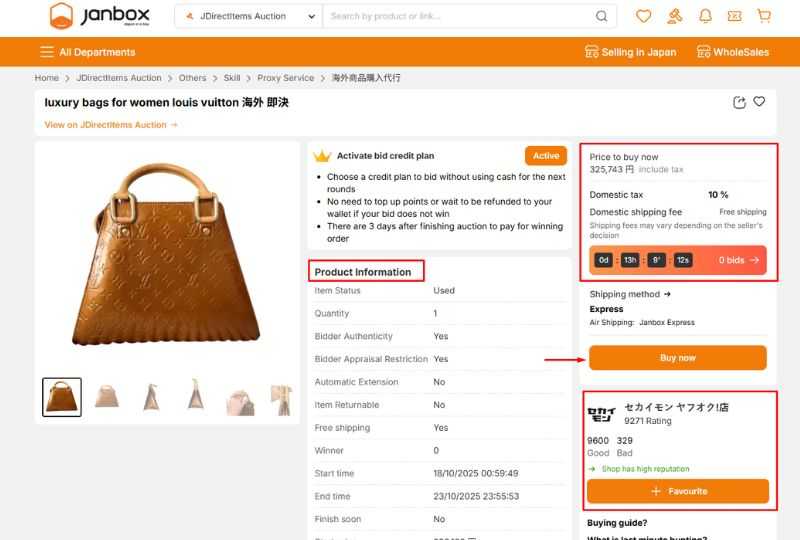
Before investing in Japan second hand luxury bags, follow this quick checklist to make sure your purchase is safe, authentic, and worthwhile:
- Research reputable sellers – Shop from trusted names like Komehyo, Brand Off, and Ragtag, or verified online platform such as Janbox with buyer protection policies.
- Verify authenticity – Look for detailed photos, serial numbers, certificates, and third-party authentication (e.g., Entrupy or AuthenticateFirst).
- Compare prices – Check multiple stores and platforms; be cautious of listings that are far below market value.
- Understand total costs – Confirm shipping, insurance, customs, and tax fees before payment.
- Check return & refund policies – Make sure international orders are covered in case of issues.
- Inspect condition grades – Know the grading system (N, A, B, C) to understand what you’re buying.
- Care for your purchase – Store in a dust bag, keep away from humidity, and use inserts to preserve shape and resale value.
- Avoid common mistakes – Don’t rush into deals, ignore product grades, or buy from unverified social media sellers.
- Buy with purpose – Choose Japan used luxury bags that match your style and values—each preloved piece carries a story and lasting value.
>>> Read more: Top 10 Japanese Watch Brands & How To Buy Watch From Japan
6. Conclusion
The market for Japan second hand luxury bags is more vibrant than ever—offering buyers access to authentic, high-quality, and beautifully preserved designer pieces at reasonable prices.
Whether you choose to shop in Tokyo’s luxury streets or through trusted online platforms, Japan’s second-hand scene delivers both value and peace of mind.
So, if you’ve been dreaming of owning that timeless Chanel or classic Louis Vuitton, now is the perfect time to explore Japan’s preloved luxury market – where every bag tells a story, and every purchase feels like a treasure hunt.
Website: https://janbox.com
Email: [email protected]

